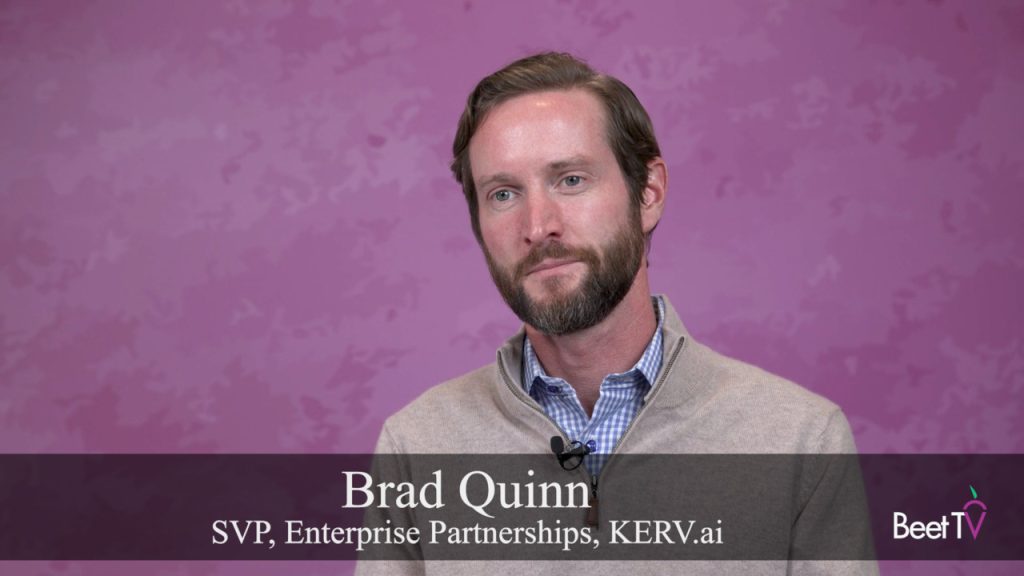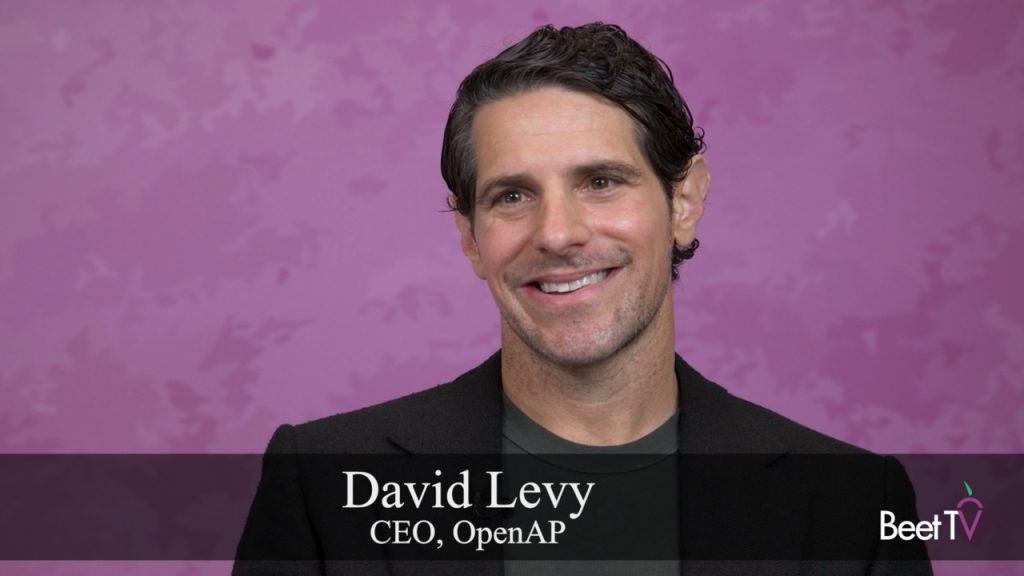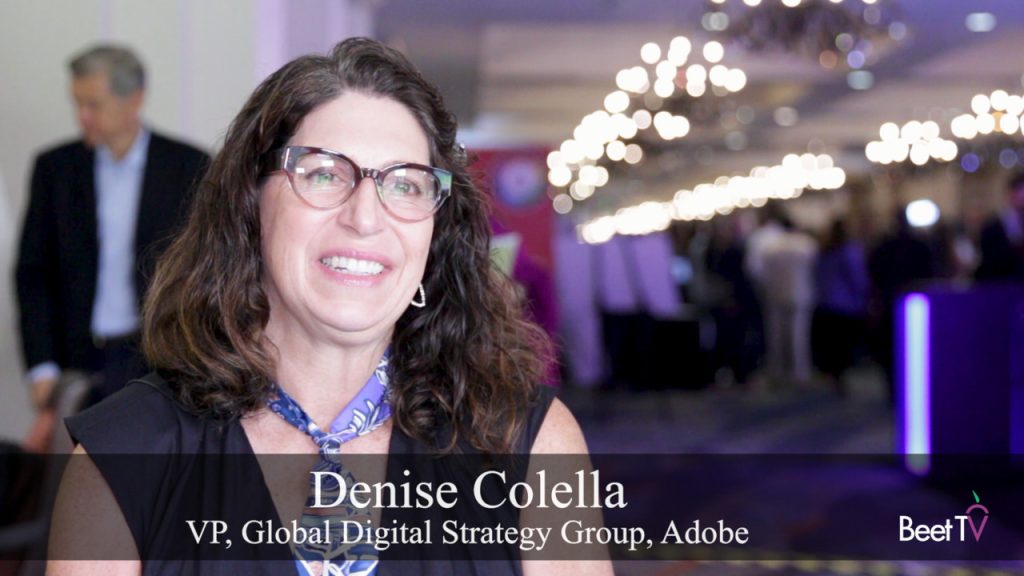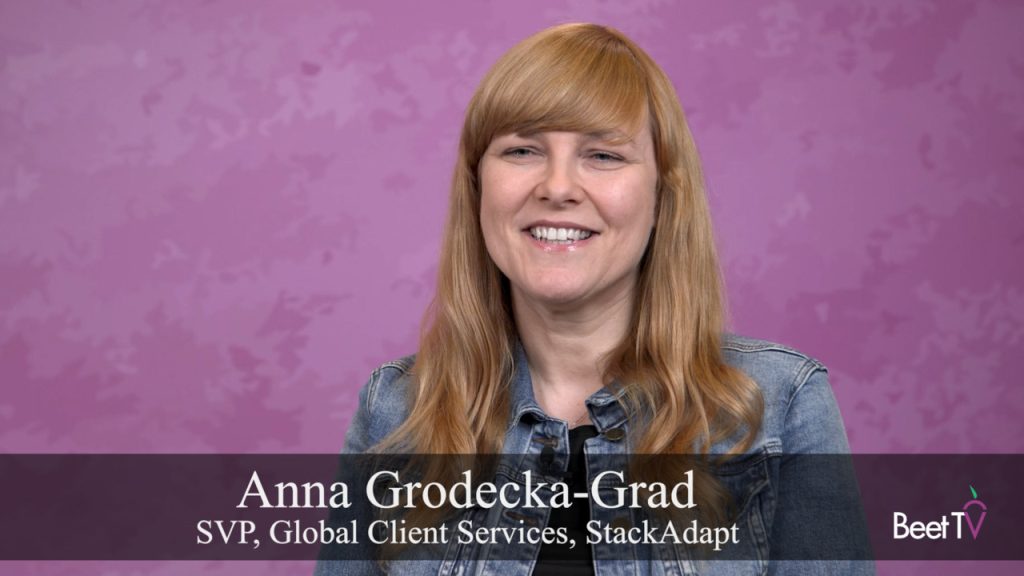The good news about media ROI analysis is a narrowing gap between traditional marketing mix models and digital attribution models. The less-than-good news regarding an integrated, cross-platform solution: confusion among users is common and available options are falling short of delivering on promises.
These and other takeaways were the subject of an exhaustive presentation by Sequent Partners’ Alice Sylvester and Jim Spaeth at the Coalition for Innovative Media Measurement’s recent 6th Annual Cross-Platform Media Measurement & Data Summit in Manhattan. In conjunction with the American Association of Advertising Agencies, CIMM commissioned Sequent to review current options for ROI analysis and identify best practices going forward.
“The goals of the project were to provide a landscape of what’s going on in media ROI measurement today, to help people understand some of the terminology that’s being used, to look and see where issues are,” Sylvester says in an interview with Beet.TV.
Confusion begins with distinguishing “attribution” between digital, television, multi-touch and across platforms, according to Sylvester. “Everybody short-hands it by saying attribution, but in fact they’re very different things living in very different ecosystems.”
Asked whether the same desired consolidation among digital providers that could contribute to a more seamless ecosystem is needed in the attribution space, Sylvester says more is better. “We don’t want to inhibit innovation and experimentation. It’s a great time,” she says. “Right now the number of players and the number of solutions that they bring is a great thing.”
One stumbling block identified by Sequent’s white paper is issues with data and data integration. It’s why the company says that for the time being, both mix modeling and attribution modeling are necessary.
For example, brands can gather a plethora of data about people’s online behavior. “That’s a nice clean ecosystem. I understand who that person is because I know some things about them,” says Sylvester. “What has to happens next is I have to find their television viewing behavior,” she adds. “So I have to be able to find a dataset about this person that tells me what they’re doing on television. That direct match of a person and their media behavior is really the challenge.”
Frequency capping and understanding what frequency has been “very big benefit of digital attribution,” according to Sylvester. “If we can knit the rest of the media in the same way, we’ll be able to do frequency caps across media and see the right combination of media environments.”


























